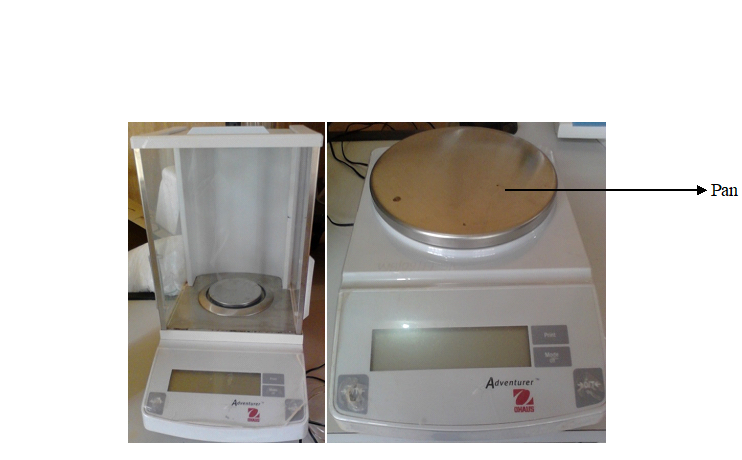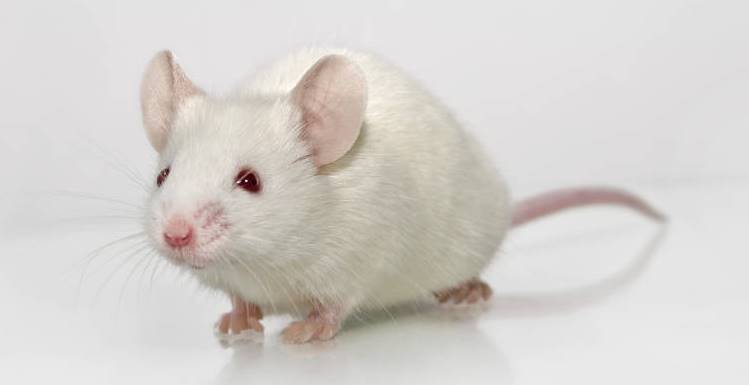Chemical weighing balances are very sensitive piece of equipments that is used to weigh and measure chemical reagents and materials in the microbiology laboratory. They are analytical apparatuses which play critical role in quantifying materials, and they can be used to measure out or detect the mass of a single particle of chemical substances in the laboratory.
Unlike the traditional weighing balance used for measuring out powdered agar; the chemical or analytical weighing balances can give values of a mass both in grams (g) and in milligrams (mg) (Figure 1). Analytical weighing balances can provide a readability of chemical substances as low as 0.1 mg; and they play critical roles in the chemistry laboratory for measuring chemical reagents with precision.
MAINTENANCE OF THE CHEMICAL WEIGHING BALANCE
- Do not put substances to be weighed directly on the pan of the chemical weighing balance. Materials to be weighed should always be placed inside a container (e.g. a beaker) before placing it on the pan. Containers for such purposes must be completely dry and kept at room temperature. Wet receiving containers can introduce systematic error due to the evaporation of water.
- Weighing paper should not be used for placing materials to be weighed especially for the analytical weighing balance that is fitted with doors.
- The analytical balance should be recalibrated before use.
- Samples should be transferred in small amounts to the receiving container on the pan in order to avoid transference of particles unto the pan as this could affect the final reading.
- A spatula should be used when removing or adding samples to the receiving container on the pan.
- Analytical balances (as shown in Fig. 1) should be carried with care, and kept away from dust.

REFERENCES
Cheesbrough, M (2006). District Laboratory Practice in Tropical countries Part I Cambridge
Chung K.T, Stevens Jr., S.E and Ferris D.H (1995). A chronology of events and pioneers of microbiology. SIM News, 45(1):3–13.
Dictionary of Microbiology and Molecular Biology, 3rd Edition. Paul Singleton and Diana Sainsbury. 2006, John Wiley & Sons Ltd. Canada.
Goldman E and Green L.H (2008). Practical Handbook of Microbiology, Second Edition. CRC Press, Taylor and Francis Group, USA.
Madigan M.T., Martinko J.M., Dunlap P.V and Clark D.P (2009). Brock Biology of microorganisms. 12th edition. Pearson Benjamin Cummings Publishers. USA.
Nester E.W, Anderson D.G, Roberts C.E and Nester M.T (2009). Microbiology: A Human Perspective. Sixth edition. McGraw-Hill Companies, Inc, New York, USA.
Prescott L.M., Harley J.P and Klein D.A (2005). Microbiology. 6th ed. McGraw Hill Publishers, USA.
Willey J.M, Sherwood L.M and Woolverton C.J (2008). Harley and Klein’s Microbiology. 7th ed. McGraw-Hill Higher Education, USA.
Discover more from Microbiology Class
Subscribe to get the latest posts sent to your email.




